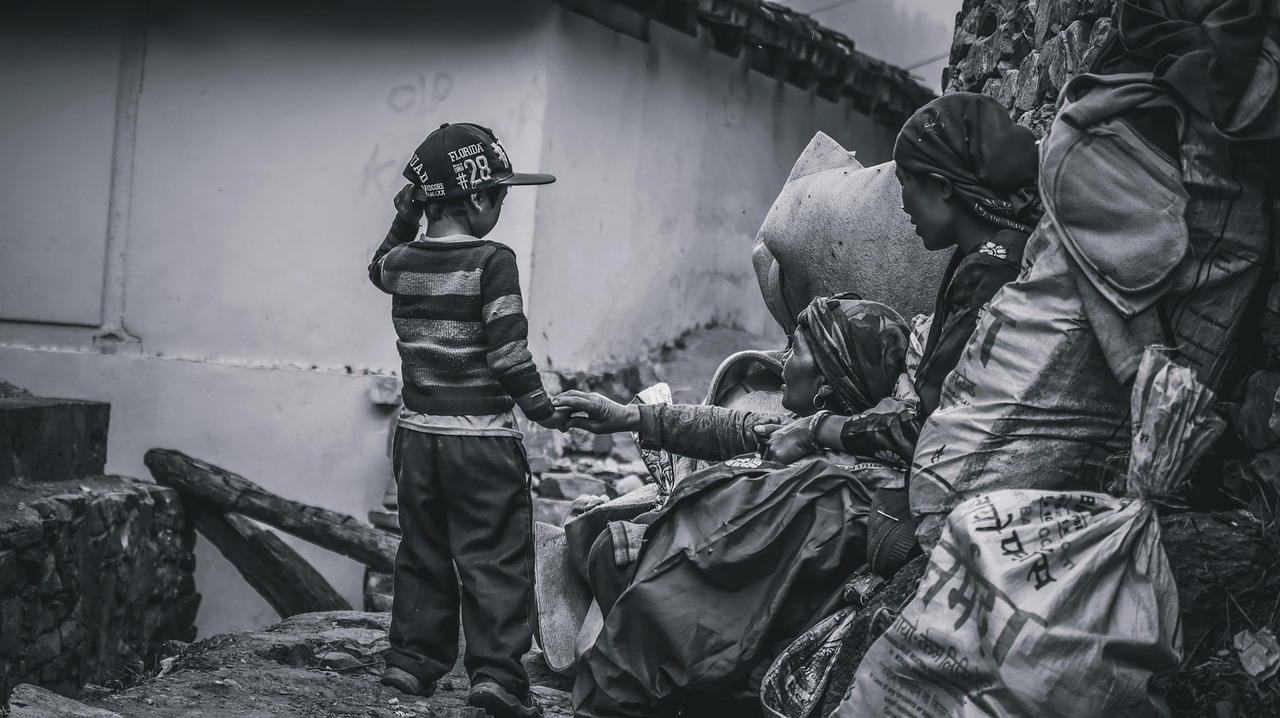Context and Problem
In Togo, many children in rural areas lack access to adequate classrooms, with makeshift classrooms made of tree trunks and sheet metal that fail to provide shelter or an effective learning environment. In addition, disadvantaged families faced financial struggles in providing school uniforms, affecting students' confidence, particularly girls, which involves attendance. Additionally, teachers are undertrained and lack effective tools to deliver quality education, impacting student learning outcomes. The World Bank, through the Basic Education Quality and Equity Improvement Project (PAQEEB), collaborated with local governments and communities to improve the quality and equity of basic education and focused primarily on building infrastructure, training teachers, and addressing specific needs of girls in education.
Solution
The solution was multifaceted. First, infrastructure development. This was done through the construction of classrooms and facilities. Moreover, bench desks were delivered, latrines were installed, and local primary school management committees were trained to oversee and monitor construction. Second, teacher training. Teachers were trained on the use of new reading and mathematics textbooks, principals received training in leadership and resource management, and practical workshops enabled teachers to apply new techniques in reading and math instruction, which increased student learning outcomes. Third, provision of school uniforms, particularly for girls, to boost confidence and attendance.
Impact
164 new classrooms were built In 2022 across Togo, with an additional 101 schools under construction in Togo. Moreover, 2,200 of the planned 7,290 bench desks were delivered. 15,280 primary school teachers were trained, 7,780 school principals were trained, and 76,965 girls from vulnerable areas received new uniforms for the 2022–2023 school year. In addition, enrollment and attendance rates in schools increased, teacher and students reported a higher morale, providing uniforms and latrines reduced absenteeism among girls, and 495 COGEP members trained to manage school construction, empowering communities to take ownership of local educational improvements, essential for sustainability of such initiatives.












